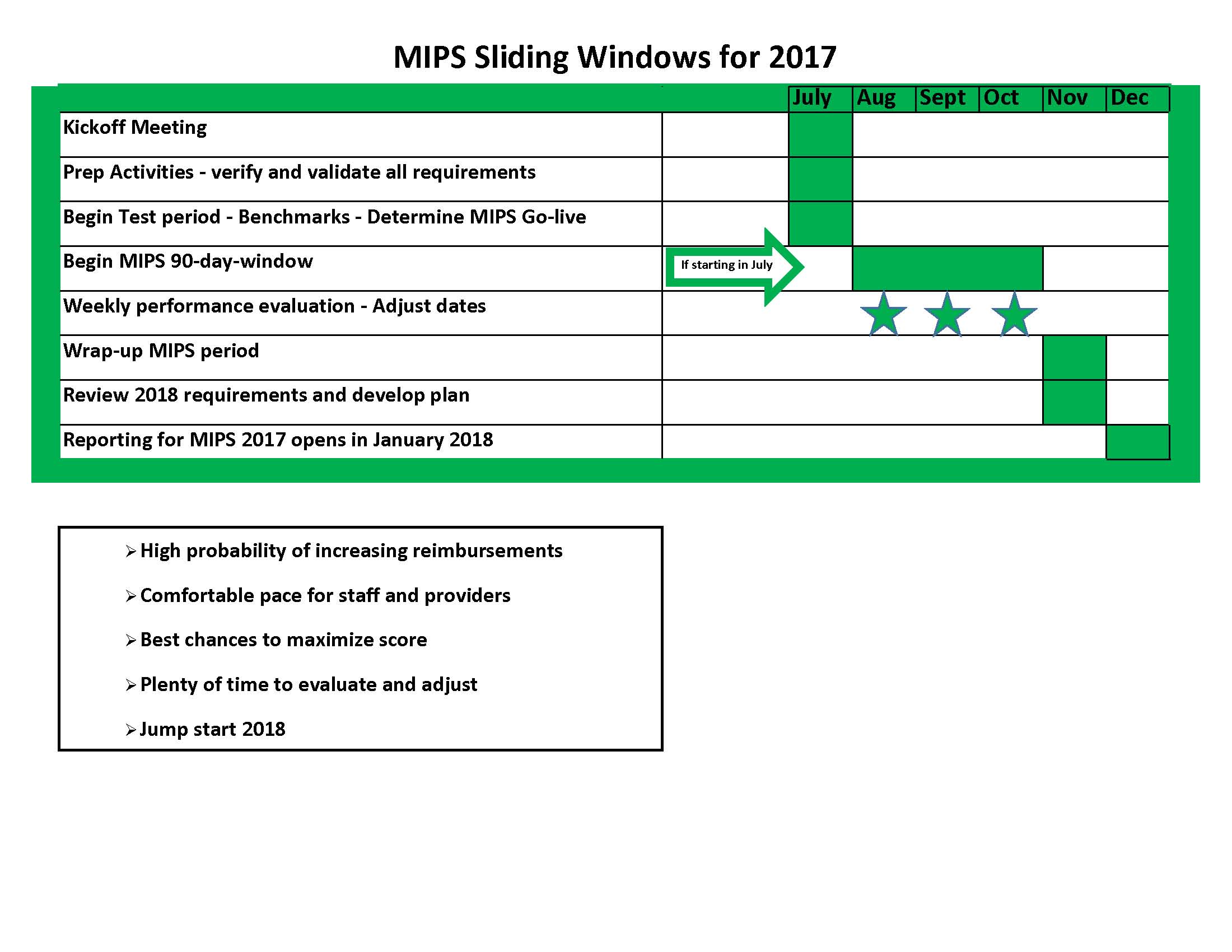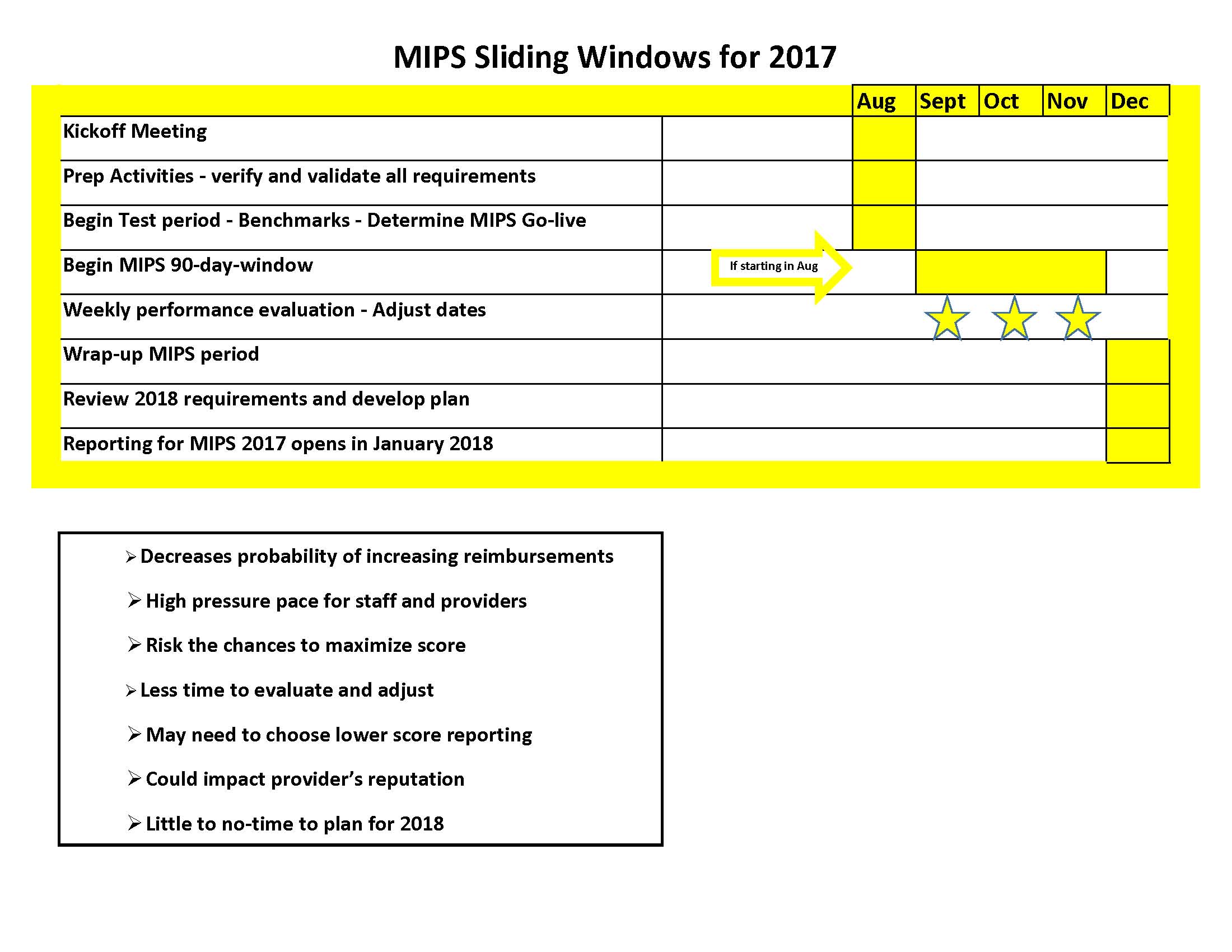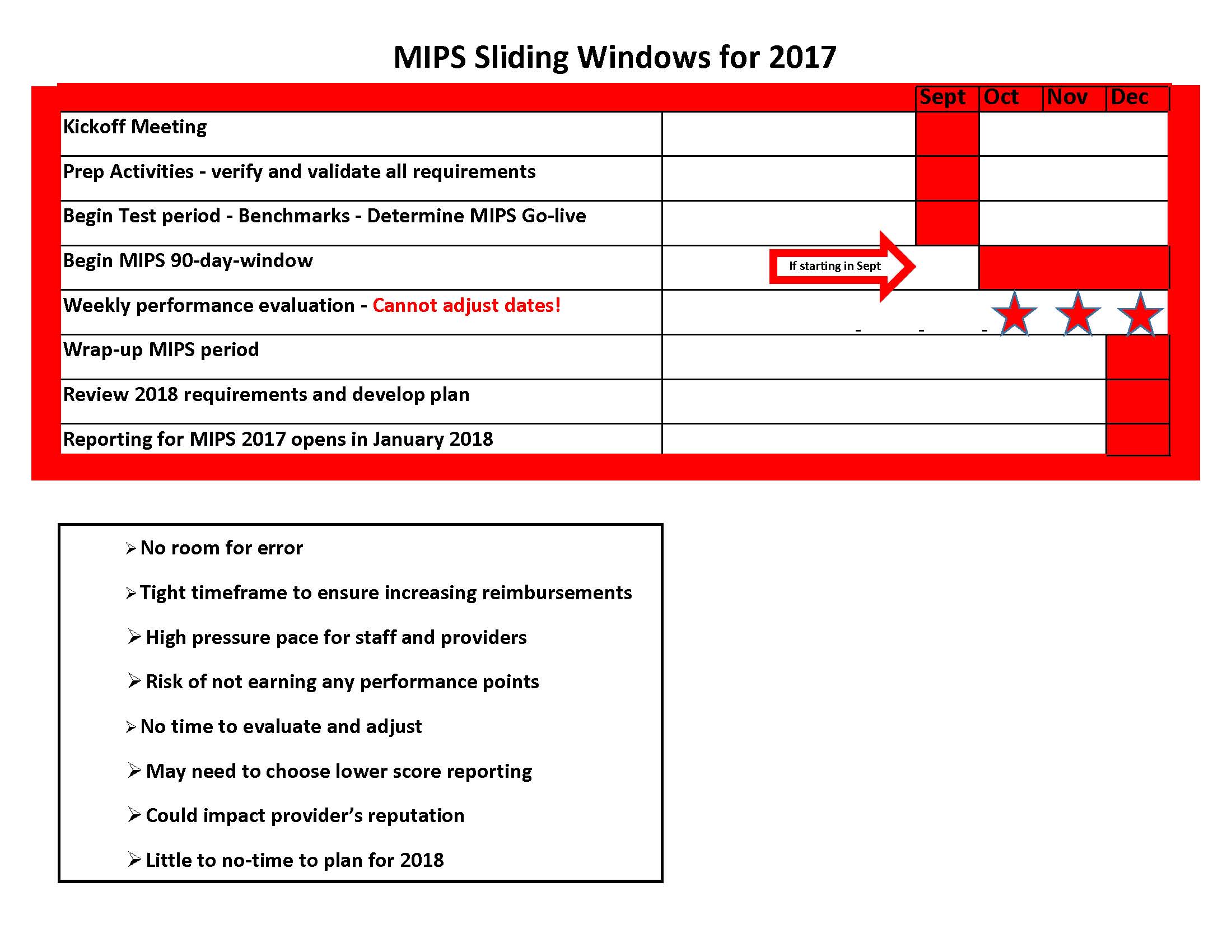Telehealth is in the spotlight as the world combats COVID-19.
Providers need to communicate with symptomatic patients to reduce spreading the virus, while others need to provide routine care for patients with chronic diseases or other ailments to protect patients and their communities.
If Telehealth can support such an urgent need for practicing medicine, could it be the impetus for the transformation of practicing medicine beyond COVID-19?
It is encouraging to see how the government and private insurances are revising policies to allow the use of telehealth in ways not permitted before. It is a mad race for large hospitals to scale up what they already have, while medium and small practices may be starting from zero.
It’s a no-brainer that such dramatic shift is positioning Telehealth as an integral platform going forward for our healthcare system, however, it requires due diligence and planning to implement even for smaller practices.
To ramp up, a practice needs to take immediate actions on notifying patients, training, scheduling, billing, high speed internet broadband, camera quality, and the overall patient experience to name a few of the actionable items.
Nothing like crunch mode to implement a technology never used before and without even the most basic guidelines. As in war time, you implement, learn as you go and modify accordingly.
The benefits of Telehealth are substantial as providers can broaden their services and improve patient experience. From the patient perspective, surveys have shown that roughly 8 out of 10 patients would select providers who offer Telehealth over the ones who don’t.
Stay tuned for useful resources and guidelines on Telehealth




